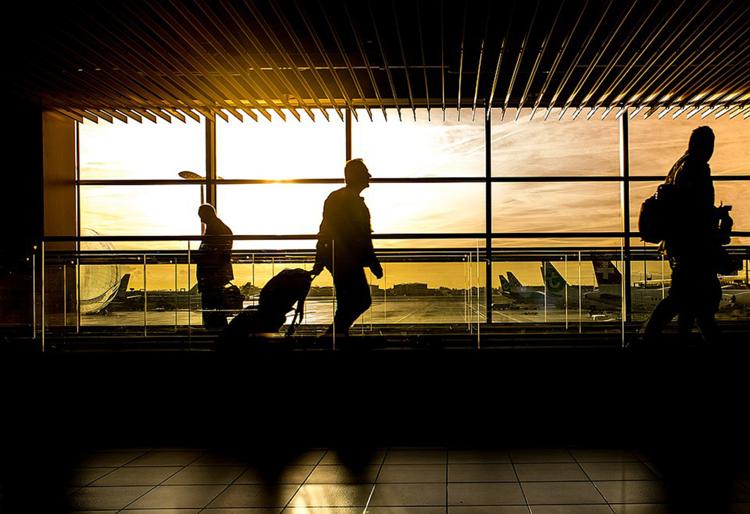Americans will spend 19 billion hours traveling to see family and friends this year, logging over 1.1 trillion miles in the sky, on the road, and on the rails. And while I may have made those numbers up, the point is that many of us will be spending hours on-end over the next couple of months sitting and moving in ways which we are not accustomed to.
Whether it will be spending 4 hours in the car to catch a plane out of Detroit or loading suitcases and bags into overhead bins, holiday travel imposes different types of strain than we experience other times throughout the year.
We twist awkwardly to get out of ever-shrinking plane seats, pack more weight into our carry-ons to prevent our bags going over the weight limit, and sometimes have to sprint through terminals to make up time from delayed flights.
If you’re a regular reader of this column, you know that an ounce of prevention is worth a pound of cure. Keeping your body strong and flexible goes a long way towards reducing the chance of injuring yourself both around the house and while traveling.
That being said, even fit and flexible folks sometimes develop sprains and strains when they are rushing through airports and hurrying to unpack to see their family. Here are a few tips to make your journey over the river and through the woods more comfortable:
- Freely move about the cabin– Regardless of your mode of transportation, it is best to change position every 1-2 hours, or even more often if possible. Getting up to walk the aisles on planes and trains whenever you’re able can prevent your back and neck from getting stiff. When driving, it is very helpfully to stop, get out, and walk around for 2-5 minutes every 1.5-2 hours. Doing so keeps your muscles, ligaments, and tendons warm and pliable.
- Take turns when driving– If you are normally the driver on trips longer than 3-4 hours and have a willing and able passenger, take turns knocking off a couple hours each. Being in the passenger seat and having the ability to recline for 15-20 minutes can unload the structures of your spine that tend to get stiff after hours of upright sitting.
- Move boxes and luggage like a T-Rex– Pretending you have short little arms is actually a great way to reduce the likelihood of injuries to your spine and arms. Objects positioned further from your torso require more strength to lift, and higher muscle forces produce more stress on the spine and joints. To offset the strain, keep suitcases, boxes, and bags as close to your body as possible, whether you’re lifting them out of a trunk or placing them into an overhead bin.
Finally, if you have an existing injury or perhaps have had surgery recently, get some help. Airports have carts and personnel available to help get people and their belongings from point A to point B. While it may cost a few dollars for that convenience, it will likely be cheaper than a trip to an urgent care center in your destination city.








